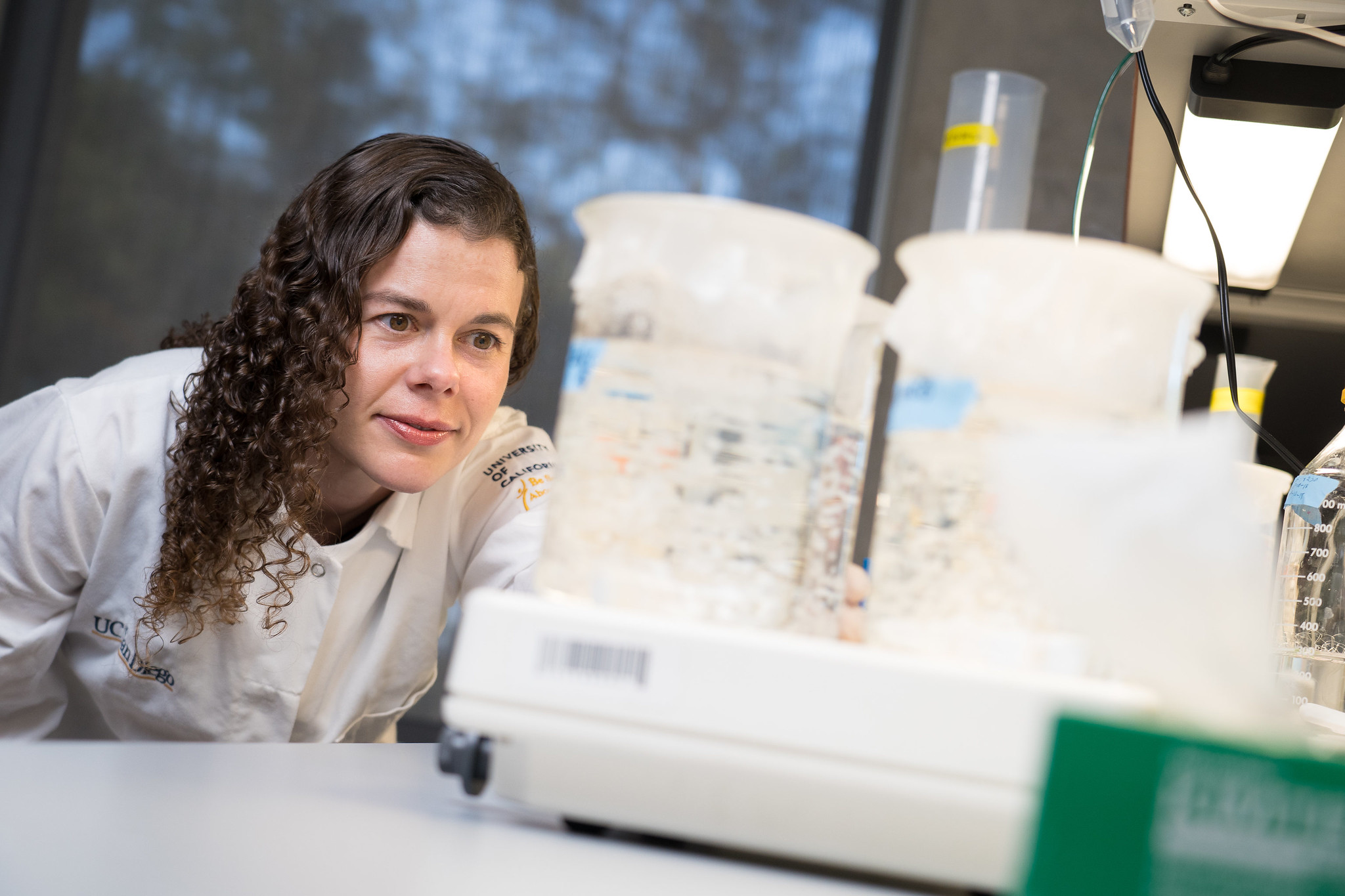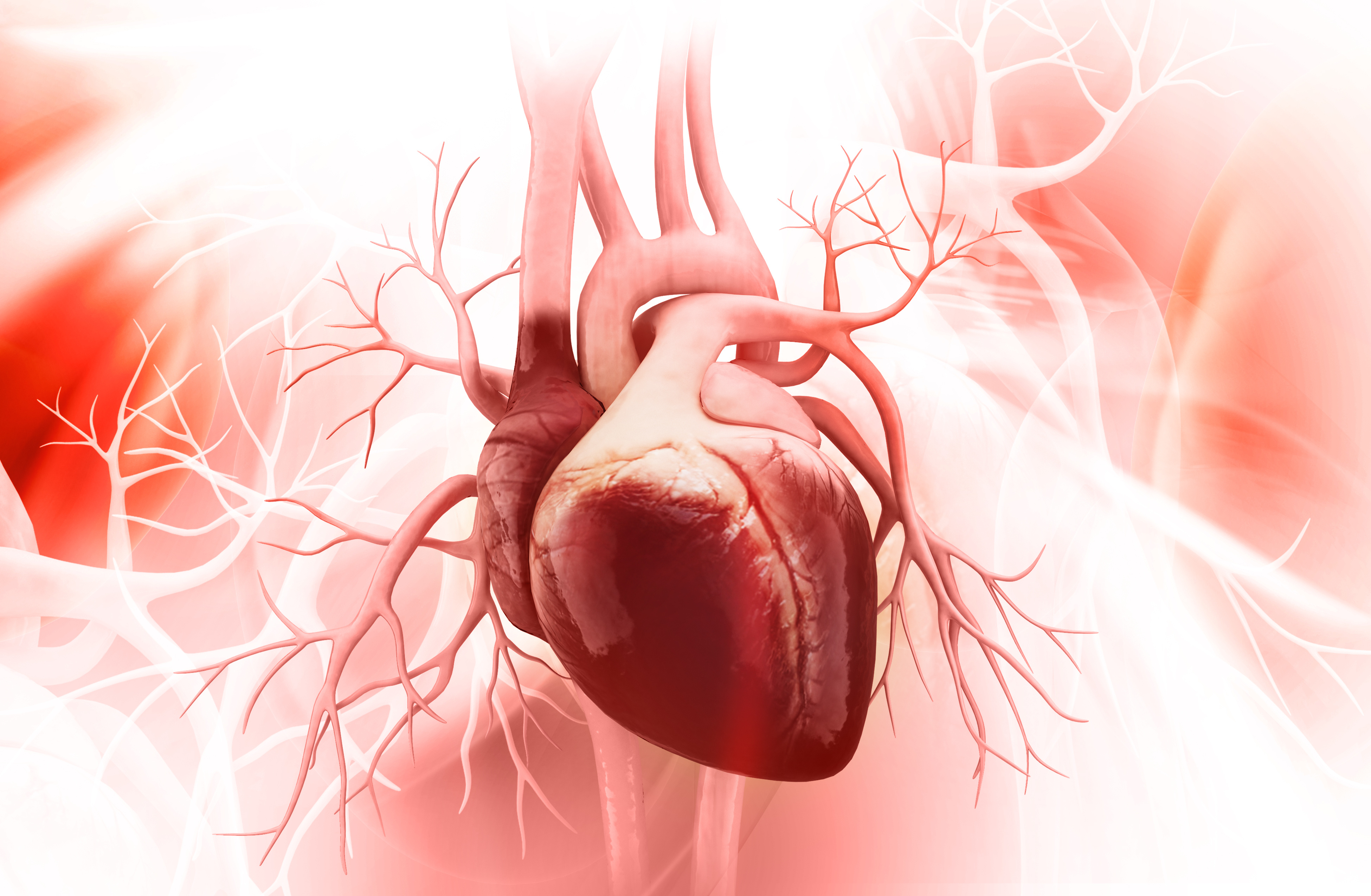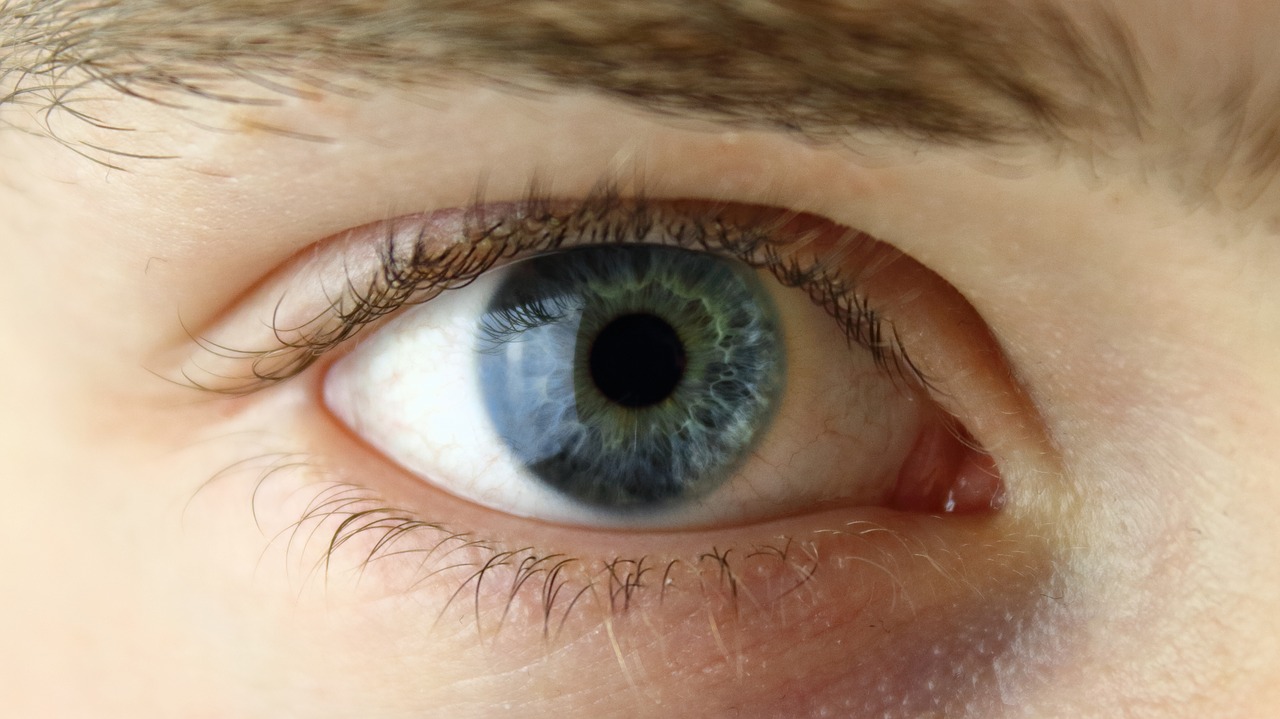The advent of stem cell therapy has opened new doors for people with chronic, debilitating conditions like heart disease. If scientists can find a way to replace damaged heart tissue with new, functional cardiomyocytes, thousands of patients will have a chance at a better and longer life.
However, as Dr. Jeffrey Molkentin has learned, this process is not as straightforward as it sounds. His team focuses on the molecular mechanisms of heart and skeletal diseases, including the pathobiology of myocardial infarction, or heart attacks. After a heart attack, the damaged tissue is replaced with a thick, rigid scar, forcing the rest of the heart to work harder to pump blood. The premise of most stem cell therapies is to replace this scar tissue with functional cardiomyocytes, but few research groups have been successful with this approach.
In a new study published in the prestigious journal, Nature, Molkentin and his team demonstrated a novel way in which stem cell therapy helps a heart recover after a heart attack.
According to the new research, the success of stem cell therapy depends on what you’re injecting and where you’re injecting it.
The researchers injected mice who have undergone a heart attack with stem cells plus dead heart cells or stem cells plus a chemical compound known as Zymosan. Moreover, they injected the cell mixture into the area surrounding the site of injury (infarct), as opposed to into the bloodstream. Both combinations induced a strong immune response, which helped facilitate optimal heart healing.
“The innate immune response acutely altered cellular activity around the injured area of the heart so that it healed with a more optimized scar and improved contractile properties,” said Molkentin in a statement.
He added, “Most of the current trials were also incorrectly designed because they infuse cells into the vasculature. Our results show that the injected material has to go directly into the heart tissue flanking the infarct region.”
This approach differs from that of other investigators, who rely on the direct differentiation of stem cells into mature cardiomyocytes to restore cardiac function. These researchers may struggle to keep a majority of these cells alive and delivered to the appropriate part of the body. As well, there is a risk that differentiated cardiomyocytes may beat irregularly, leading to life-threatening arrhythmias.
Molkentin’s strategy enhances the innate immune response, which normally activates after acute injury. While the immune response partially contributes to the formation of scar tissue, a certain subset of immune cells is believed to be more reparative in nature. For future studies, Molkentin’s team intends to explore the healing properties of these immune cells and use them in combination with stem cell therapy and chemicals like Zymosan.












Join or login to leave a comment
JOIN LOGIN